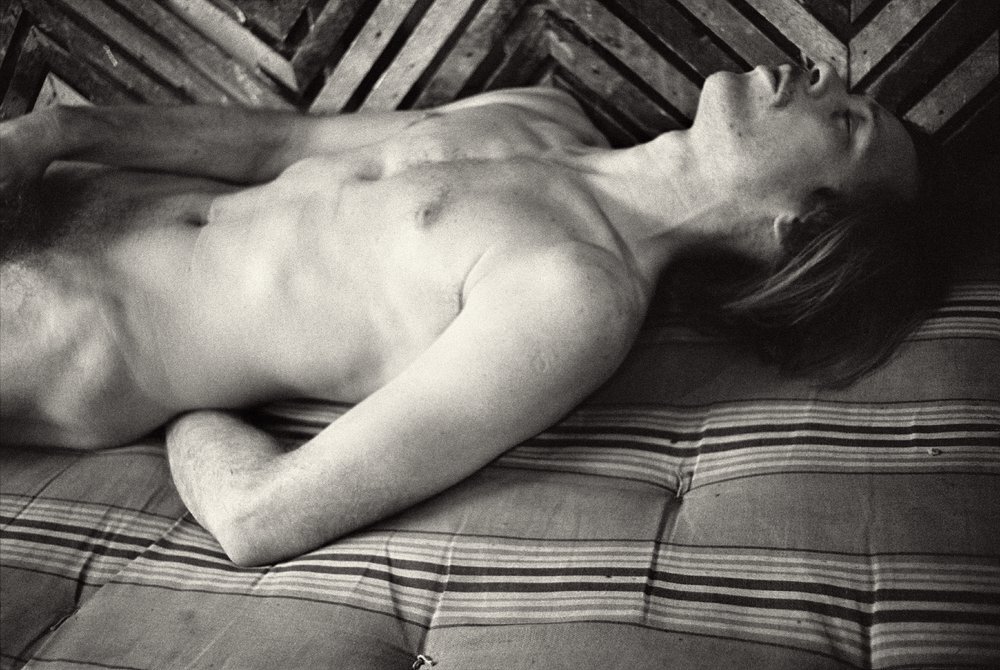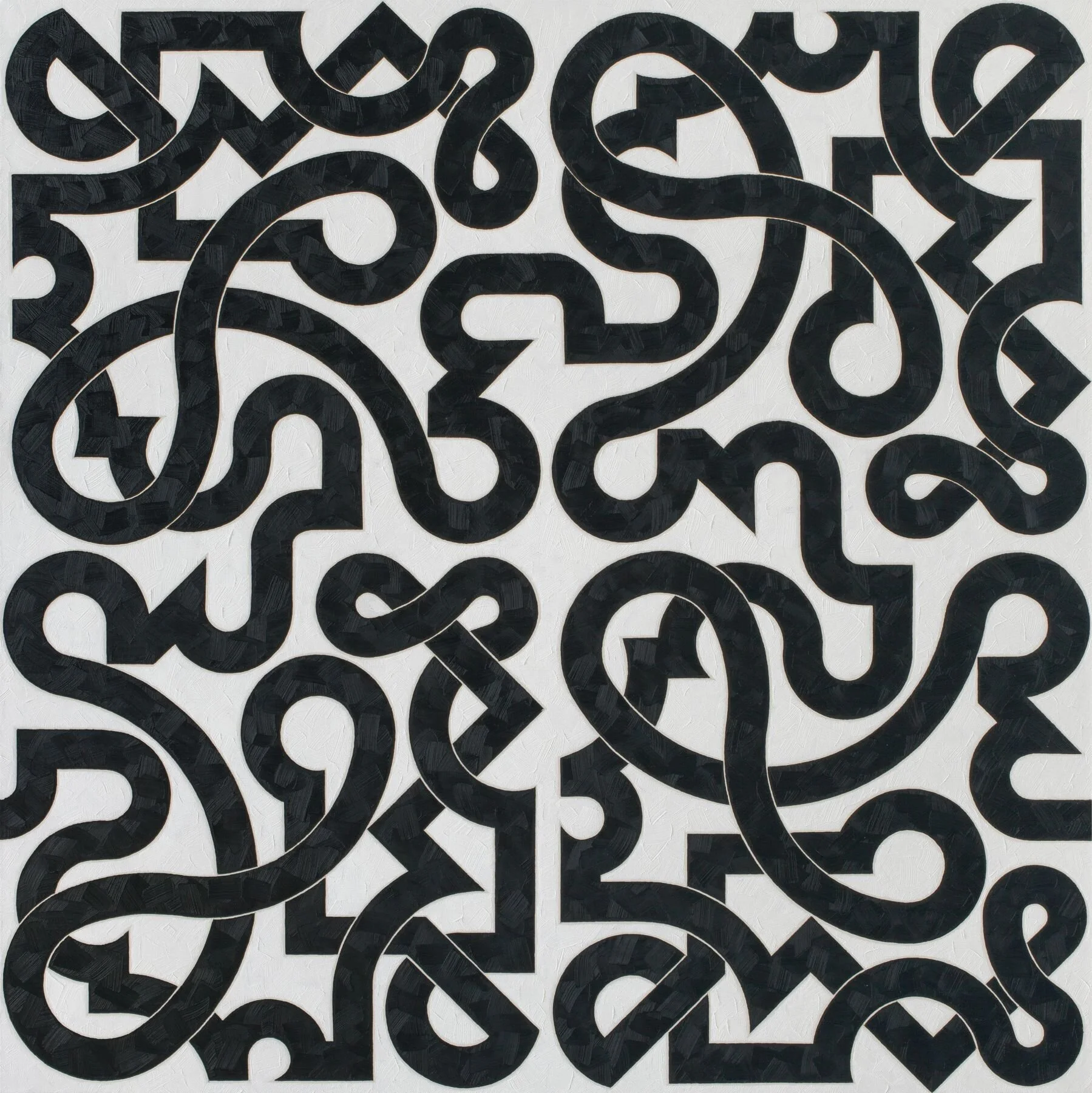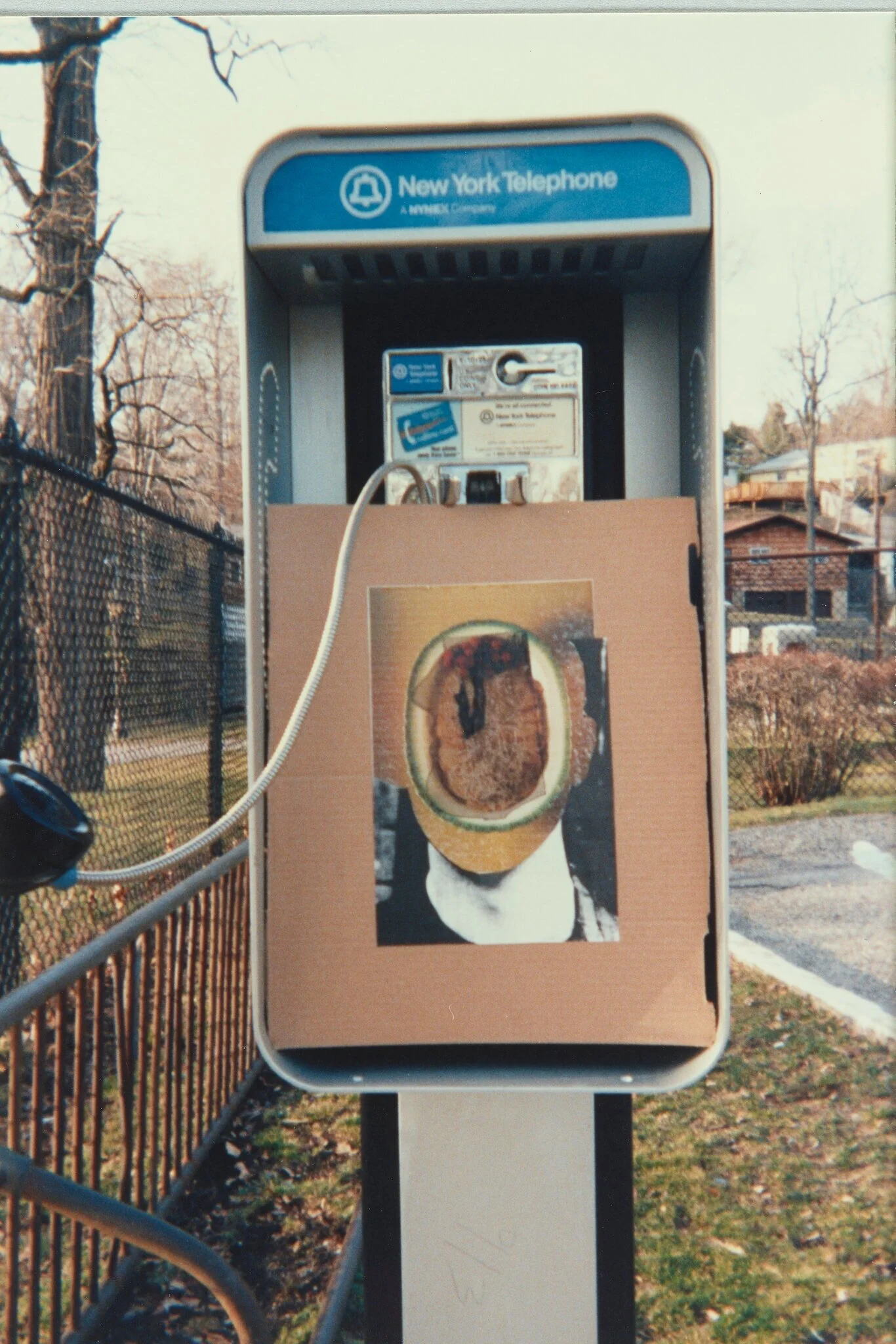Peter Hujar
“Cruising Utopia”
From the 1960s to the early '80s, Peter Hujar was an iconic presence in New York’s downtown scene. His celebrated portraits capture the city’s queer pantheon of artists and drag performers, poets and writers, celebrities and deadbeats, strangers and lovers, acquaintances and friends. From East Village icons Greer Lankton and Ethyl Eichelberger to downtown intellectuals Susan Sontag and Fran Lebowitz, from Warhol superstars to legendary artists like Paul Thek and David Wojnarowicz, this exhibition brings together Hujar’s penetrating portraits in a love letter to his city and community.
Cruising Utopia traces the horizons of Hujar’s expansive body of work, encompassing intimate studio portraits, street photography, and striking images of the city itself. Across nighttime streetscapes, desolate parking lots, and crumbling piers peopled with half-naked bodies, Hujar photographed the margins of public space, capturing queer intimacy as it flourished in the post-Stonewall era of the '70s and early ‘80s. Cruising the city through his camera’s viewfinder, he navigated its porous networks of erogenous utopias, photographing a fabulous and often infamous cast of underground elites who defined New York City’s vibrant counterculture in the decade before AIDS.
Jay and Fernando [Two Men in Leather Kissing] ca. 1966 vintage gelatin silver print 11" × 7" (27.9 cm × 17.8 cm), image, 14" × 11" (35.6 cm × 27.9 cm), paper, print made by the artist
In the mid-1960s, Hujar began making erotic portraits of subjects in his studio. The images he made of two men, Jay and Fernando, dressed in leather and locked in amorous embrace, are among the earliest such works.
Gay Liberation Front Poster Image 1970 pigmented ink print 18-1/2" × 12" (47 cm × 30.5 cm), image, 20" × 16" (50.8 cm × 40.6 cm), paper, Edition of 10, print made 2019
Hujar met David Wojnarowicz—who was exactly twenty-years his junior—in a bar in the East Village in 1981. After a brief romance, they developed a deep, almost familial relationship that would last until Hujar’s death from AIDS-related illness in 1987.
“David desperately needed a father, and as the shadows lengthened, Peter just as desperately needed a son,” writes Stephen Koch. “David craved a mentor, a guide out of his chaos, someone who could see his soul. Peter craved renewal, restoration of his life, someone whose soul he could see and who was worthy of whatever Peter could give him.”
Paul Thek Masturbating
1967pigmented ink print11" × 16-1/4" (27.9 cm × 41.3 cm), image, 14-1/4" × 17" (36.2 cm × 43.2 cm), paper, Edition of 10, print made 2011
Hujar, who died from complications of AIDS in 1987, is renowned for his penetrating portraits of New York City’s queer counterculture of the 1970s and 80s. One of the most influential American photographers of the twentieth century, Hujar was at the forefront of the cultural scene in downtown New York in the years preceding the AIDS epidemic.


![Jay and Fernando [Two Men in Leather Kissing] ca. 1966 vintage gelatin silver print 11" × 7" (27.9 cm × 17.8 cm), image, 14" × 11" (35.6 cm × 27.9 cm), paper, print made by the artist](https://images.squarespace-cdn.com/content/v1/57be00ee5016e19d59384f83/1593526486869-1N2E14E2R0KEBRGI71NN/881024keyUydLb1cLkdmDJB04e_LK2A.max-1000x2000.jpg)






